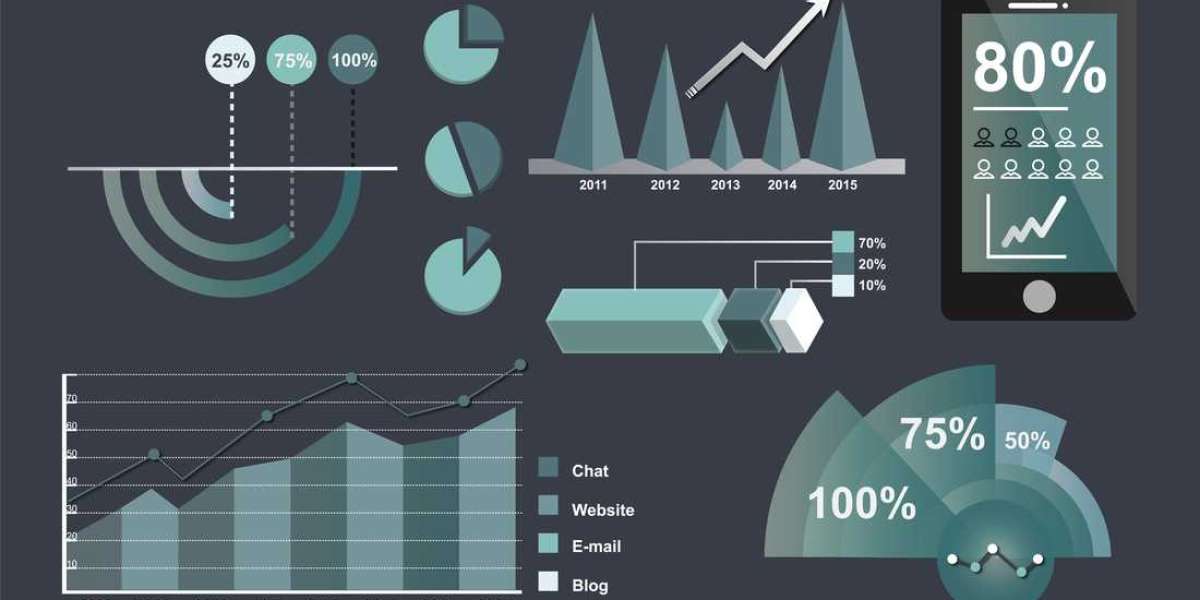In the ever-evolving landscape of education, growth is a constant. Whether it’s increasing enrollments, expanding campuses, or introducing new programs, educational institutions require tools that can keep up. A scalable Student Information System (SIS) is the backbone of efficient operations, ensuring institutions can grow without operational hiccups. This article explores the significance of scalability in an SIS and offers guidance on how to select a system designed to meet current and future demands.
What is Scalability in a Student Information System?
Scalability refers to an SIS’s ability to handle increases in users, data, and functionality as an institution expands. A scalable system is not just about accommodating growth—it’s about doing so efficiently while maintaining performance and reliability.
For growing institutions, scalability ensures a smooth transition from smaller operations to larger, more complex structures without the need for constant upgrades or overhauls.
The Growing Need for Scalability in Education
As institutions expand, they face numerous challenges:
Increased Enrollment
With more students comes more data, from academic records to attendance logs. A scalable SIS can handle the influx without slowing down or becoming outdated.Expanding Campuses
Institutions often open additional locations or online programs. A scalable SIS supports operations across multiple sites, keeping data centralized and accessible.Evolving Programs
New courses and specializations demand systems that can adapt to different data sets and reporting requirements. Scalability ensures institutions can meet these needs seamlessly.
Key Benefits of a Scalable SIS
1. Seamless Growth Management
A scalable SIS grows with your institution, avoiding disruptions as operations expand. Whether adding users, locations, or functionalities, the system adapts without requiring significant manual adjustments.
2. Enhanced Efficiency
From admissions to student performance tracking, scalable systems automate and streamline processes, saving time and resources.
3. Future-Ready Infrastructure
Investing in a scalable SIS ensures the institution is prepared for future expansions, eliminating the need for costly replacements or system overhauls.
4. Cost-Effectiveness
By accommodating incremental growth, scalable systems reduce long-term costs associated with constant upgrades or switching platforms.
Features to Look for in a Scalable SIS
Choosing the right system is crucial for reaping the benefits of scalability. Look for these features:
1. Cloud-Based Technology
Cloud systems offer on-demand scalability, enabling institutions to expand storage and processing power as needed. They also support remote access, crucial for modern education.
2. Modular Design
Modular systems allow institutions to add new features, such as reporting tools or communication modules, only when required. This flexibility avoids unnecessary expenses.
3. High Performance Under Heavy Load
A scalable SIS should handle increased data volumes and simultaneous users without compromising speed or functionality.
4. Integration Capabilities
The system should integrate smoothly with other software, like Learning Management Systems (LMS) or financial tools, to create a unified operational environment.
5. Robust Security Measures
As institutions grow, protecting sensitive data becomes even more critical. Scalable systems should include advanced security features like encryption and role-based access control.
Overcoming Challenges in Implementing a Scalable SIS
1. Data Migration
Transitioning from a legacy system can be complex. Institutions should partner with vendors offering comprehensive migration support to ensure accuracy and minimize downtime.
2. Training and User Adoption
Adopting a new system often requires training for faculty and staff. An intuitive interface and accessible training resources can ease this transition.
3. Cost Management
While scalable systems are cost-effective in the long run, initial implementation may require significant investment. Flexible payment models can help institutions manage this expense.
Steps to Select the Right Scalable SIS
1. Assess Institutional Needs
Understand your institution's current and future requirements, including expected growth in enrollment, programs, and locations.
2. Research Vendors
Look for vendors with a proven track record in educational technology and reliable post-implementation support.
3. Prioritize Flexibility
Choose systems that offer customizable features, allowing your institution to tailor the SIS to its unique workflows.
4. Consider Scalability Metrics
Evaluate the system’s ability to handle increasing data loads, user numbers, and integrations without compromising performance.
5. Opt for Future-Proof Solutions
Select systems designed to adapt to technological advancements, ensuring longevity and continued relevance.
Long-Term Impact of a Scalable SIS
1. Centralized Data Management
Scalable systems unify data from multiple sources, enabling seamless access and better decision-making.
2. Improved Institutional Agility
Whether it’s adapting to policy changes or responding to enrollment spikes, scalable systems empower institutions to remain agile and efficient.
3. Enhanced User Experience
From students to administrators, all stakeholders benefit from a system that performs reliably, even under high usage.
4. Sustained Competitive Edge
Institutions with scalable SIS platforms are better equipped to meet modern educational demands, positioning themselves as leaders in their field.
Conclusion
A scalable Student Information System is a critical investment for any institution aiming to grow sustainably. By selecting a system with features like cloud-based infrastructure, modular design, and robust security, schools and universities can ensure operational efficiency and adaptability.
As the educational landscape continues to evolve, a scalable SIS empowers institutions to embrace growth confidently, ensuring that their systems can keep pace with their ambitions. Whether planning for future expansions or actively scaling, a robust SIS is the key to long-term success.







